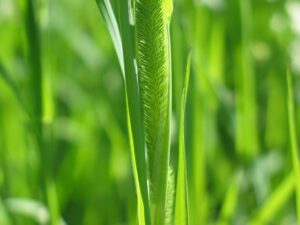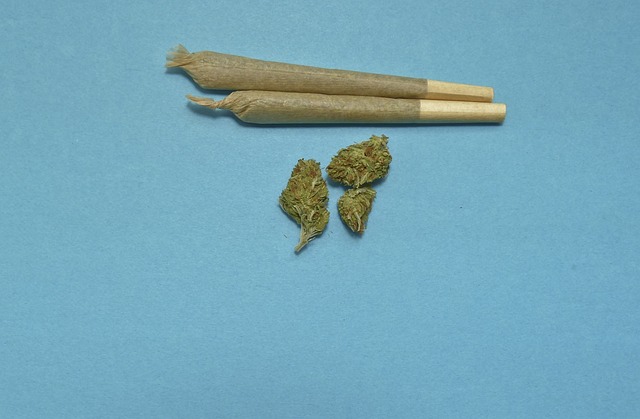
THCA (tetrahydrocannabinolic acid) and CBD (cannabidiol), both non-psychoactive cannabinoids found in cannabis, offer distinct therapeutic properties. THCA buds are celebrated for their potential benefits in pain relief, anti-inflammatory action, and neuroprotection, with preliminary research suggesting they may help with nausea and certain types of cancer without psychoactive effects. CBD buds, on the other hand, are favored for reducing anxiety, improving mood, and alleviating chronic pain, making them a preferred choice for those seeking therapeutic effects without intoxication. The decision to choose between THCA and CBD should be based on individual needs and legal restrictions, as both have unique contributions to cannabis's medicinal potential. When considering the cultivation of these buds, careful attention to environmental factors like light, temperature, and humidity is crucial for high-quality yields. Extraction methods such as supercritical CO2, ethanol, or butane are used to convert THCA buds into concentrated products like oils, waxes, and shatters, offering various forms for consumers. The Entourage Effect explains the enhanced therapeutic benefits when using full-spectrum cannabis products, which include both THCA and CBD, suggesting that each can offer distinct advantages tailored to specific health and wellness goals. Understanding the complex dynamics of these compounds is essential for those exploring cannabis as an alternative treatment option.
Explore the intricate world of THCA flower, a non-psychoactive precursor to the well-known THC found in cannabis. This article delves into the multifaceted aspects of THCA buds, from their unique composition and cultivation to their potential therapeutic effects and the transformative process that activates their psychoactive properties. We’ll compare THCA buds with CBD buds, illuminate the role of terpenes, and guide you through safe consumption and storage. Join us on this journey to uncover the essence of THCA flower, its place in legal frameworks, and its future in cannabis research.
- Understanding THCA Flower: A Primer on Tetrahydrocannabinolic Acid
- The Composition of THCA Buds: Breaking Down the Cannabinoid Profile
- THCA vs CBD Buds: A Comparative Analysis of Effects and Uses
- Cultivation Practices: Growing High-Quality THCA Buds
- Extraction Techniques: From THCA Flower to Concentrated Products
- The Entourage Effect: Synergy in THCA and Other Cannabinoids
Understanding THCA Flower: A Primer on Tetrahydrocannabinolic Acid
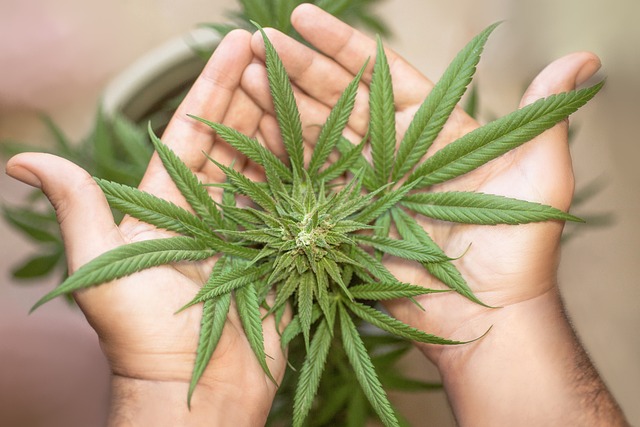
THCA, or tetrahydrocannabinolic acid, is a non-psychoactive cannabinoid found in raw cannabis flowers that retains its potential psychoactivity when heated. As an antecedent to THC, THCA is gaining attention for its therapeutic properties and distinct effects compared to its counterpart CBD, or cannabidiol. When discussing THCA bud vs CBD bud, it’s crucial to understand the unique characteristics of each. Unlike THC, THCA doesn’t induce psychoactive effects until it undergoes decarboxylation through heating or combustion. This process converts THCA into THC, activating its mind-altering properties.
THCA buds are celebrated for their potential benefits, which may include pain relief, anti-inflammatory effects, and neuroprotective qualities without the immediate psychoactive impact. Research suggests that THCA may be particularly effective in managing nausea and vomiting, as well as inhibiting tumor growth in certain types of cancer. On the other hand, CBD buds offer a host of benefits that are also non-psychoactive, focusing on therapeutic effects such as reducing anxiety, improving mood, and alleviating chronic pain. The choice between THCA and CBD buds often comes down to the specific desired effects and legal considerations in one’s region. Both have unique applications and should be considered separately when exploring the full spectrum of cannabinoids available in the cannabis plant.
The Composition of THCA Buds: Breaking Down the Cannabinoid Profile
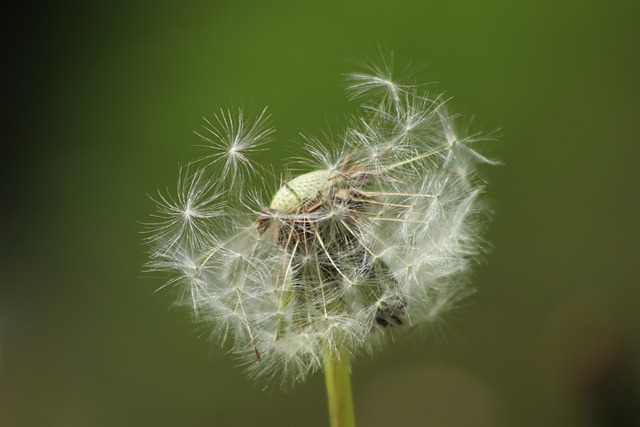
delta-9-tetrahydrocannabinolic acid (THCA) is the raw, non-psychoactive precursor to the well-known psychoactive cannabinoid delta-9-tetrahydrocannabinol (THC). THCA buds are a subject of growing interest in the cannabis community due to their potential therapeutic properties and distinct effects compared to their psychoactive counterpart. Unlike THC, THCA is not intoxicating but has been reported to possess anti-inflammatory, anti-nausea, anti-anxiety, and appetite-stimulating qualities, making it an object of scientific research for various ailments.
When comparing THCA buds to CBD buds, it’s important to understand the unique cannabinoid profiles of each. THCA buds contain higher levels of THCA than other cannabinoids, with potential amounts reaching up to 30%. In contrast, CBD buds are rich in cannabidiol (CBD), which typically constitutes about 15-25% of the plant’s total cannabinoid content. While both THCA and CBD have their own set of benefits, they interact differently with the body’s endocannabinoid system. THCA is believed to offer a more profound entourage effect within the cannabis plant due to its similarity in molecular structure to THC, which can influence its efficacy when used in medicinal capacities. On the other hand, CBD is celebrated for its wide range of benefits without the psychoactive effects, making it a preferred choice for individuals seeking relief from various conditions without the high associated with THC. Understanding the nuances between THCA buds and CBD buds can help consumers make informed decisions based on their wellness goals and desired outcomes.
THCA vs CBD Buds: A Comparative Analysis of Effects and Uses
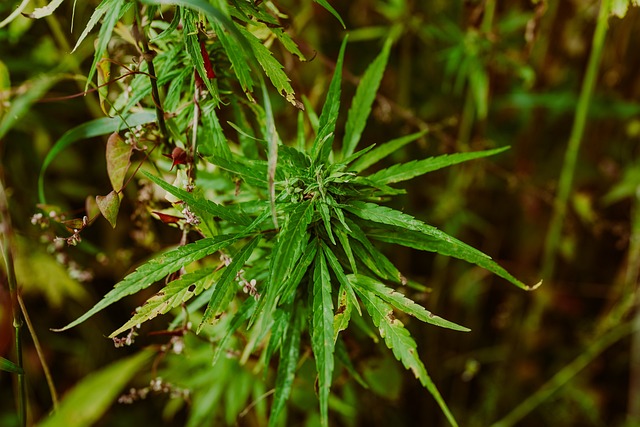
THCA, or tetrahydrocannabinolic acid, is the raw form of THC found in cannabis plants. When exposed to heat, it decarboxylates into THC, the psychoactive compound most are familiar with. In contrast, CBD, or cannabidiol, is non-psychoactive and has gained recognition for its therapeutic properties. The effects and uses of THCA buds versus CBD buds differ significantly due to their distinct chemical structures and interactions with the human endocannabinoid system.
THCA buds are often sought after for their potential psychoactive effects, which can include euphoria, relaxation, and altered perception. Users may also experience pain relief and antiemetic properties. THCA is believed to have a higher affinity for the CB1 receptor compared to its decarboxylated form, THC, potentially making it more effective in certain contexts for those receptors. On the other hand, CBD buds are commonly used for their calming and anxiety-reducing effects, as well as their anti-inflammatory and analgesic properties. They are also known to counteract some of the psychoactive effects of THC, making them a popular choice for those seeking the benefits of cannabis without the high. The choice between THCA and CBD buds is highly individualized, with each offering unique therapeutic and recreational benefits depending on the user’s needs and preferences. Understanding the nuances of THCA versus CBD can guide users in making informed decisions about which type of cannabis product may be most suitable for their specific circumstances.
Cultivation Practices: Growing High-Quality THCA Buds
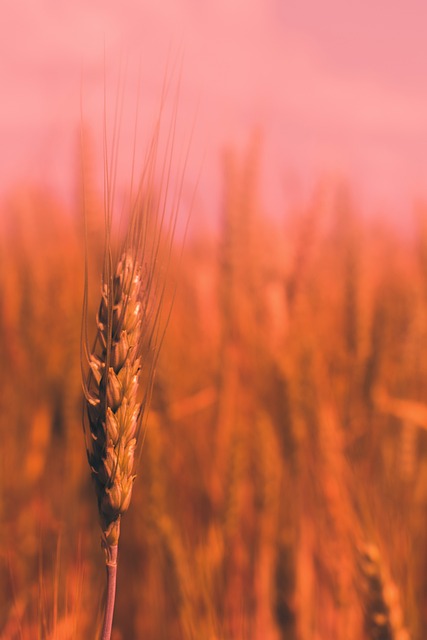
Growing high-quality THCA buds necessitates a meticulous approach to cultivation practices, differentiating them from their CBD counterparts. The THCA bud, which contains tetrahydrocannabinolic acid, a precursor to the psychoactive THC, requires specific environmental conditions to flourish. Optimal soil quality enriched with organic matter and maintained at an appropriate pH level is crucial for root health and nutrient uptake. Attentive gardeners monitor light intensity and duration, choosing strains that thrive under a particular spectrum, often high-intensity discharge (HID) lights or LEDs that mimic the sun’s light spectrum to enhance THCA production.
Temperature and humidity control are vital in managing plant stress and disease prevention, ensuring a stable and healthy growing environment. The cultivation of THCA buds demands a careful balance between vegetative and flowering stages, often manipulating light cycles to induce blooming. This process must be executed with precision to achieve the highest potency of THCA. Additionally, proper air circulation and ventilation are essential to avoid mold and mildew, which can compromise the quality of the buds. The goal is to cultivate THCA buds that stand out from CBD buds in both potency and effect, offering users a distinct experience based on their specific needs or preferences.
Extraction Techniques: From THCA Flower to Concentrated Products
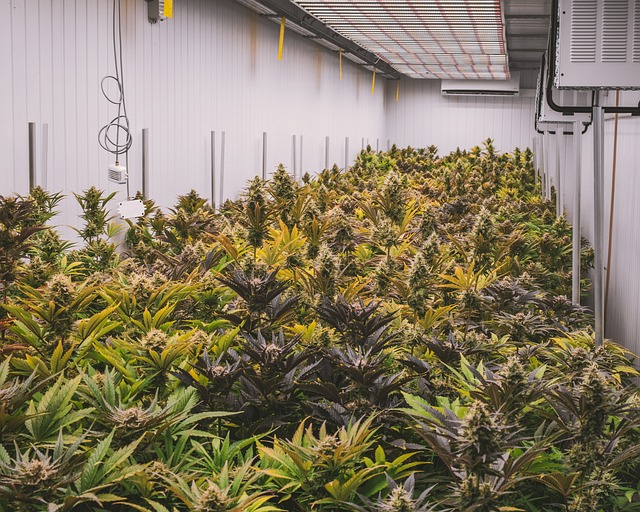
Extracting THCA from its raw flower form yields concentrated products that are highly sought after in the cannabis industry, particularly for their potent effects and therapeutic potential. THCA, or tetrahydrocannabinolic acid, is the precursor to THC (tetrahydrocannabinol), the psychoactive compound found in cannabis. Unlike its decarboxylated counterpart, THCA is non-psychoactive but is gaining recognition for its potential health benefits. The process of converting THCA buds into concentrated products involves several sophisticated techniques that preserve the integrity and potency of the cannabinoids.
One of the primary extraction methods utilized in the industry is supercritical CO2 extraction, which efficiently separates THCA from other plant materials without the use of harsh solvents. This method leverages CO2 under high pressure and low temperature to isolate cannabinoids, terpenes, and other valuable compounds. Solvent-based extraction, such as ethanol or butane methods, is another common approach that effectively captures THCA in a concentrated form. These solvents are highly effective at dissolving the desirable compounds, resulting in products like oils, waxes, and shatters that can be vaporized or ingested. Furthermore, advancements in technology have led to the development of rosin techniques, which use heat and pressure to create a solventless concentrate directly from THCA buds. This method is particularly favored for its purity and the absence of solvents, making it a safer option for consumers. The choice between THCA bud vs CBD bud extraction depends on the desired end product and the specific effects one seeks, as each cannabinoid offers distinct advantages and applications. Whether through solvent-based or solventless means, the transformation of THCA flower into concentrated products continues to evolve, offering a range of options for consumers looking to harness the benefits of this natural compound.
The Entourage Effect: Synergy in THCA and Other Cannabinoids

THCA, or tetrahydrocannabinolic acid, is a non-psychoactive cannabinoid found in raw cannabis plants and is the precursor to the well-known psychoactive compound THC. When heat is applied through processes like decarboxylation, THCA converts to THC. The synergistic effects of THCA alongside other cannabinoids, terpenes, and flavonoids within the cannabis plant are a testament to the complex interplay that contributes to the Entourage Effect. This phenomenon reflects how these compounds interact and enhance each other’s effects when consumed together, potentially offering more therapeutic benefits than any single compound alone. For instance, THCA bud vs CBD bud both present unique advantages; THCA is often associated with anti-inflammatory properties, neuroprotective benefits, and analgesic effects, while CBD is celebrated for its calming and soothing properties without the high associated with THC. The Entourage Effect underscores the importance of considering the full spectrum of cannabinoids present in cannabis, as opposed to isolating individual compounds, for a comprehensive therapeutic approach. This holistic interaction can be harnessed to optimize health and well-being, highlighting the potential benefits of THCA bud over THC-rich flowers or CBD-rich buds when seeking a particular effect or therapeutic outcome.
Through a detailed exploration, this article has shed light on the nuanced aspects of THCA flower, its unique composition, and the distinct effects it offers compared to CBD buds. Readers have gained insights into optimal cultivation practices for high-quality THCA buds and the intricate extraction methods that transform these buds into potent concentrated products. The entourage effect highlights the synergy between THCA and other cannabinoids, emphasizing the importance of considering the entire plant profile rather than isolating individual compounds. In conclusion, understanding THCA flower requires a comprehensive approach that encompasses its origins, chemical makeup, and potential benefits. Whether for therapeutic purposes or personal enjoyment, the comparison between THCA buds and CBD buds underscores the diversity of cannabinoids and their respective roles within the cannabis plant.

